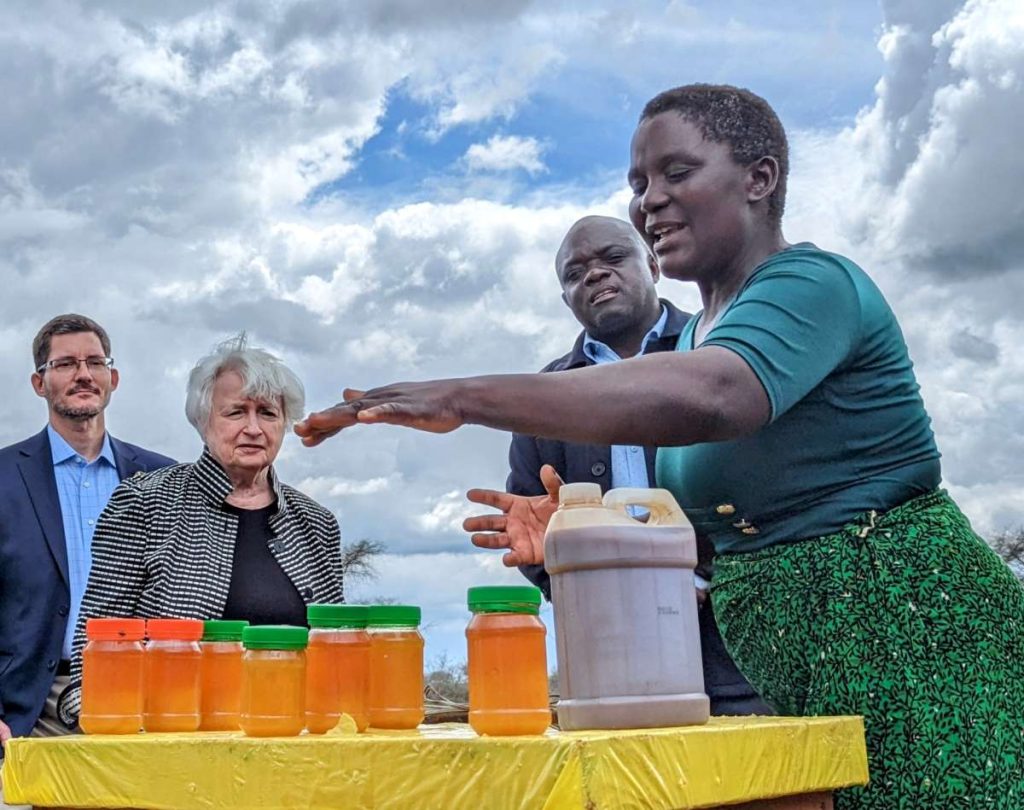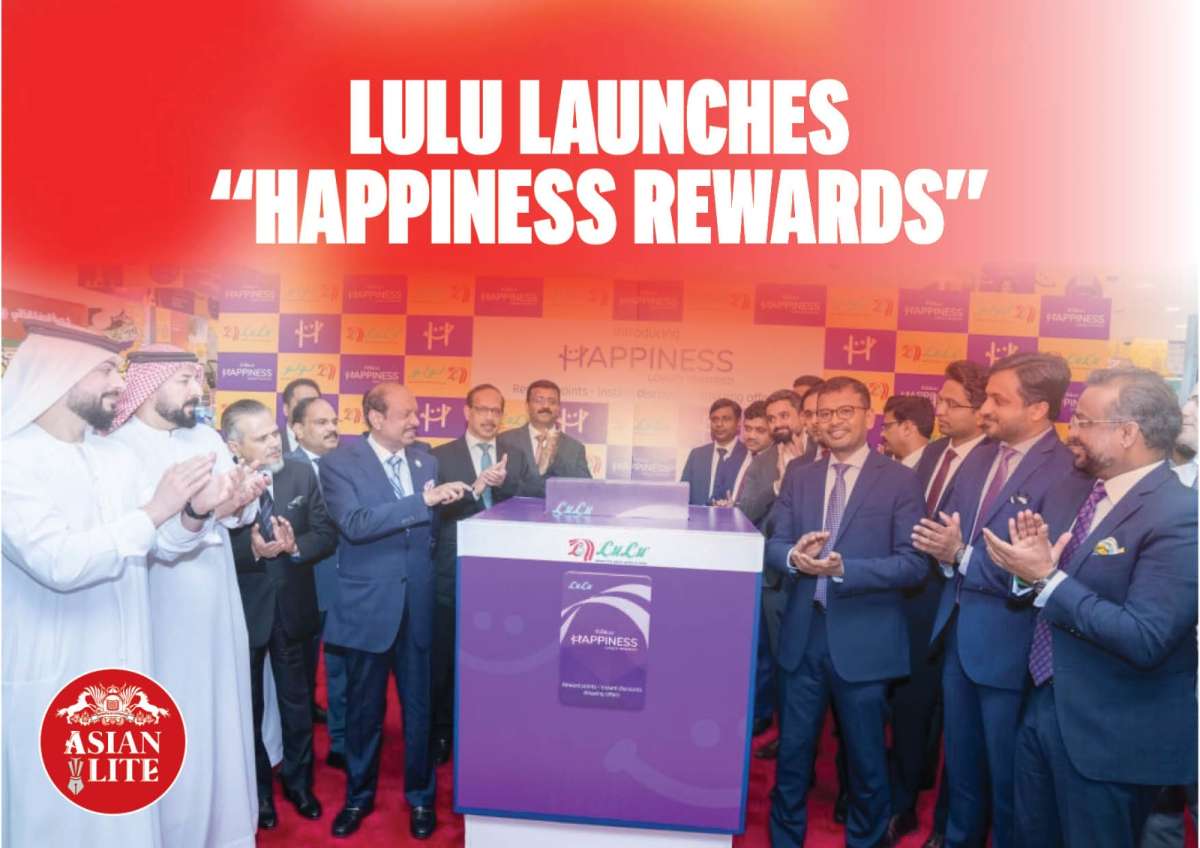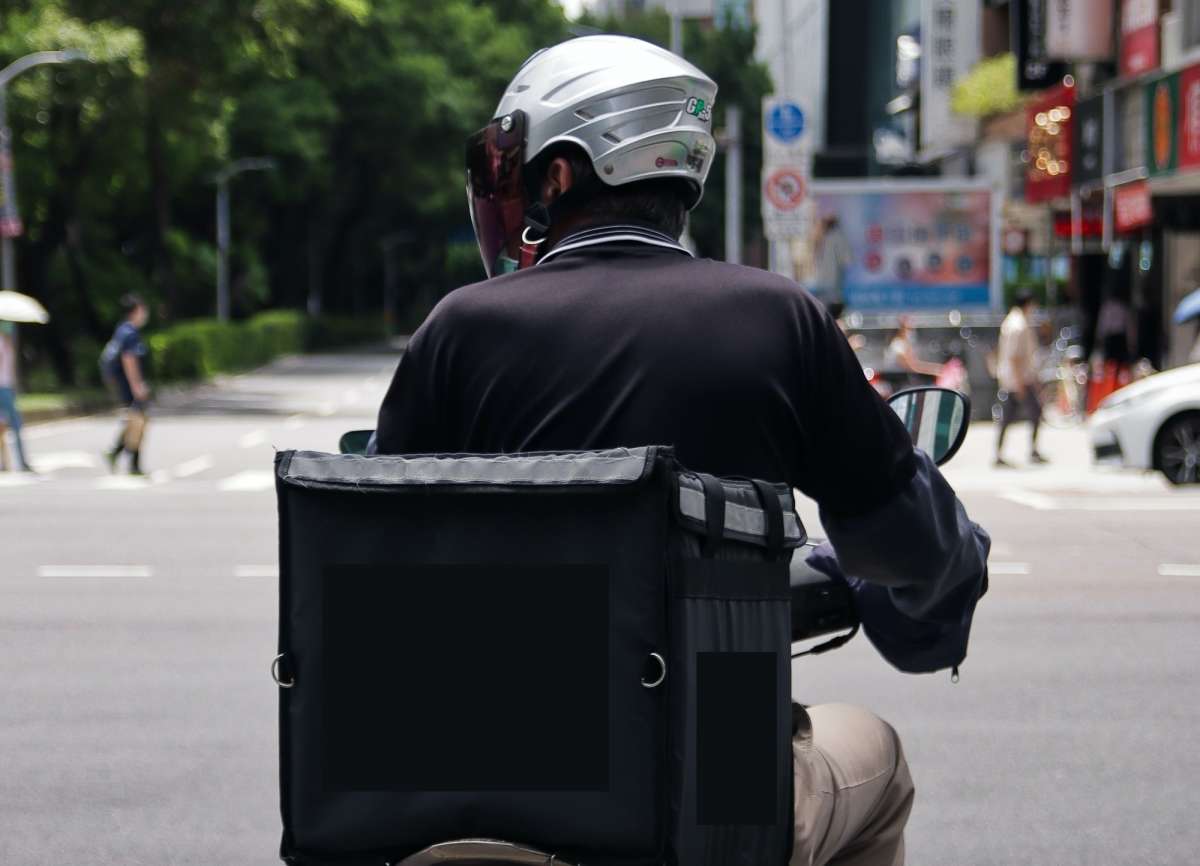In line with its growth strategy, Kabira Mobility is intensifying and reinforcing its dedication to innovation and investing in research and development for its products…reports Asian Lite News
Kabira Mobility , a prominent electric bike manufacturer in India renowned for its KM3000 and KM4000 models, announced today that it has secured a USD 50 million investment from its strategic investor, Al-Abdulla Group (Qatar) at an undisclosed valuation to accelerate its Pan-India growth and ramp up the production of its Highly Popular Electric Bike Models KM3000 and KM4000.
This investment will enable Kabira Mobility to embark on mass industrialisation of its products, thus allowing the company to further ramp up its delivery capabilities. To accommodate this growth, Kabira Mobility will expand its manufacturing infrastructure by scaling up its manufacturing capacity at its Dharwad plant and setting up a state-of-the-art electric bike manufacturing plant in Uttar Pradesh to meet the growing demand of the North Indian market. In addition, Kabira Mobility is planning to significantly expand its national presence by ramping up its store network from 30 to 100 by the end of the year. This expansion strategy aims to not only increase customer traffic, but also provide a premium retail experience that will ultimately translate into higher sales and greater market share.
In line with its growth strategy, Kabira Mobility is intensifying and reinforcing its dedication to innovation and investing in research and development for its products. The company is committed to developing the next generation of powertrain and battery pack technology for its upcoming electric bike models, and is ramping up efforts in this area. The aim is to create products that are not only high-performing but also energy-efficient and environmentally friendly.
Furthermore, Kabira Mobility will also be introducing a range of new products that are set to raise the bar of Electric Bikes in the industry. The KM5000, an electric cruiser bike with a range of 330km, is one of the flagship models that will be launched soon. In addition to this, the Pro variants of the KM3000 and KM4000, featuring mid-drive powertrain and industry-leading specs, will also be released. These launches will be consolidating Kabira Mobility’s standing as a frontrunner in the industry and raise the bar of Electric Bike Industry in terms of performance, and design.
During the event, Jaibir Siwach, CEO of Kabira Mobility, expressed, “Electric bikes are set to be the catalyst for growth in the industry and with this investment, Kabira Mobility is poised to lead the charge. Our relentless focus on R&D for the past five years on powertrain & technology development has paved the way for Kabira Mobility and will enable us to capture almost 30% of the electric bike segment and emerge as an industry leader in the next 2 years.”
Also present at the event, Manoj George, CEO of Al-Abdulla Group, stated, “India holds immense potential and is poised to become the manufacturing hub for the global E2W market. Our investment in Kabira Mobility is aligned with Al-Abdulla Group’s vision of investing in the renewable energy sector and supporting sustainable mobility solutions on a global scale.”
The Al-Abdulla Group is a distinguished multinational conglomerate with a diverse portfolio across several industry verticals, including Renewal Energy, Construction, Manufacturing, Textiles, and Printing. With a remarkable legacy spanning several decades, the Group has firmly established itself as a prominent player in the Qatari business landscape, and has made a remarkable global impact with its exceptional business acumen and strategic vision.
At the helm of the Group is Chairman Sultan Johar F Al Abdulla, a visionary leader with a strong acumen for business. Under his dynamic leadership, the Group has achieved remarkable success, with a strong focus on innovation, sustainability, and customer-centricity. His keen eye for detail and ability to identify new opportunities have been instrumental in steering the Group towards newer heights of success.
The Al-Abdulla Group is deeply committed to the renewable sector and has an aggressive focus on Electric Mobility, The Group considers India as one of the largest EV Manufacturing Hubs with an unparalleled market potential. In addition, the Group has plans for capturing the global electric vehicle market with Kabira Mobility. The Group’s commitment to renewable energy is also evident in its investment in Solar Power Plants, Waste to Energy Plants, Windmills, and Desalination plants.
Kabira Mobility, a Classic Group company, is a pioneer electric mobility startup that was established in September 2017 by a team of passionate engineers. Kabira Mobility is dedicated to revolutionising urban transportation by providing a smarter, more accessible, and affordable way for people to commute.
In December 2019, we incorporated as Kabira Mobility Private Limited and in February 2021, we launched our flagship electric bikes, the KM3000 and KM4000, which are one of India’s fastest and longest-riding electric bikes. These bikes are equipped with state-of-the-art technology and user-friendly features that make them appealing to a wide range of riders.
At Kabira Mobility, we are focused on making electric mobility a viable and sustainable option for everyone. We are constantly working on new solutions that will help shape the future of transportation. In addition to our electric bikes, we are also exploring other segments of the mobility market and developing integrated transportation systems that will make it even easier for people to move around their cities.















